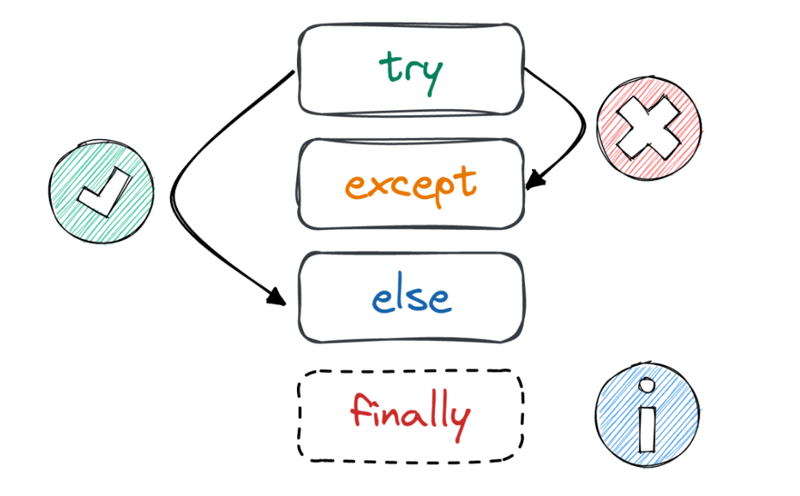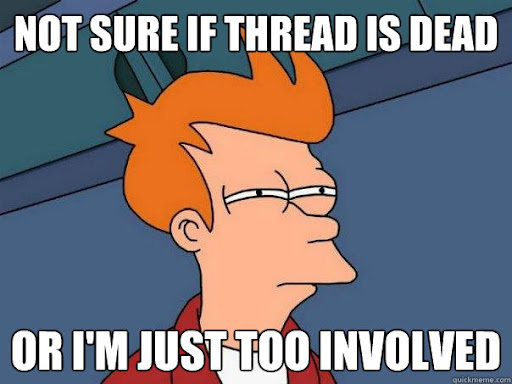finally 块通常用于资源清理,例如关闭文件、释放锁或终止连接。无论 try 或 catch 块中发生什么,finally 中的代码都应该执行,这使其成为确保资源得到正确管理的首选。

这是一个简单的示例,说明了 finally 块的使用:
public class finallyexample {
public static void main(string[] args) {
try {
int result = 10 / 0; // this will cause an arithmeticexception
} catch (arithmeticexception e) {
system.out.println("exception caught: " + e.getmessage());
} finally {
system.out.println("this block will always execute.");
}
}
}
输出:
exception caught: / by zero this block will always execute.
在此示例中,无论抛出和捕获异常,finally 块都会运行,这是预期的行为。
finally 的主要作用是确保无论 try-catch 块中发生什么情况,关键代码都会运行。例如,在需要关闭数据库连接或文件流以防止内存泄漏的情况下,finally 块就变得至关重要。
虽然finally块被设计为在try和catch块之后执行,但在极少数但重要的情况下不会发生这种情况。这些情况可能会导致资源泄漏、事务不完整或其他关键问题,因此了解它们对于任何开发人员都至关重要。
立即学习“Java免费学习笔记(深入)”;
finally 块可能无法执行的主要原因之一是 jvm 在到达 finally 块之前退出。如果程序在 try 或 catch 块中调用 system.exit() ,就会发生这种情况。 system.exit() 方法立即终止 jvm,从而阻止 finally 块执行。
示例:
public class finallynotexecuted {
public static void main(string[] args) {
try {
system.out.println("in try block");
system.exit(0); // jvm will exit, skipping the finally block
} finally {
system.out.println("this will not execute");
}
}
}
输出:
in try block
在这种情况下,永远不会到达 finally 块,因为 system.exit(0) 调用在执行 try 块后立即终止 jvm。

finally 块可能无法运行的另一种情况是,执行 try-catch-finally 块的线程被终止或以阻止执行 finally 块的方式中断。这可能发生在线程被强制终止的多线程环境中。
示例:
public class finallyinterrupted {
public static void main(string[] args) {
thread thread = new thread(() -> {
try {
system.out.println("thread running");
// simulate long-running task
thread.sleep(1000);
} catch (interruptedexception e) {
system.out.println("thread interrupted");
} finally {
system.out.println("this may not execute if thread is killed");
}
});
thread.start();
thread.interrupt(); // interrupting the thread
}
}
输出:
thread running thread interrupted this may not execute if thread is killed
如果线程在关键时刻被中断或杀死,finally 块可能不会被执行,从而导致代码出现潜在问题。
有趣的是,如果finally块本身包含导致无限循环的代码或引发块内未捕获的异常,则它可以阻止finally块完成其执行,从而有效地跳过预期的清理。

示例:
public class finallywithloop {
public static void main(string[] args) {
try {
system.out.println("in try block");
} finally {
while (true) {
system.out.println("infinite loop in finally block");
break; // breaking to avoid actual infinite loop
}
}
system.out.println("this will not be reached if the loop is infinite");
}
}
输出:
In try block Infinite loop in finally block
虽然在此示例中故意中断循环,但真正的无限循环会阻止finally 块完成,并且后续代码将永远不会执行。
了解 finally 块何时不执行对于编写弹性且可靠的 java 应用程序至关重要。主要场景包括通过 system.exit() 终止 jvm、线程中断或终止,以及 finally 块本身内的问题,例如无限循环或未捕获的异常。通过了解这些情况,您可以更好地管理资源并确保您的代码即使在复杂的情况下也能按预期运行。
如果您对本文讨论的任何要点有任何疑问或需要进一步澄清,请随时在下面发表评论。
阅读更多帖子:finally 块在 java 中可能无法执行的原因
以上就是Reasons Why the finally Block May Not Execute in Java的详细内容,更多请关注php中文网其它相关文章!

每个人都需要一台速度更快、更稳定的 PC。随着时间的推移,垃圾文件、旧注册表数据和不必要的后台进程会占用资源并降低性能。幸运的是,许多工具可以让 Windows 保持平稳运行。

Copyright 2014-2025 https://www.php.cn/ All Rights Reserved | php.cn | 湘ICP备2023035733号